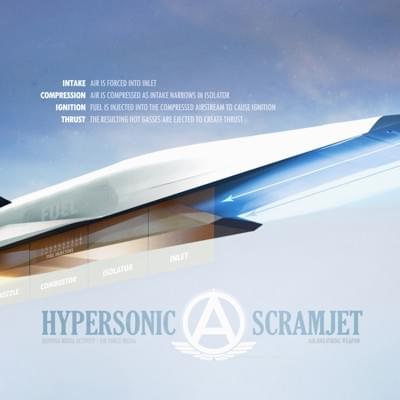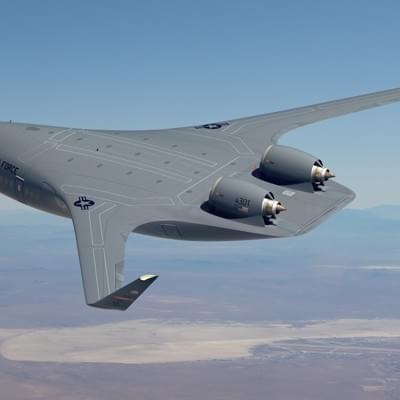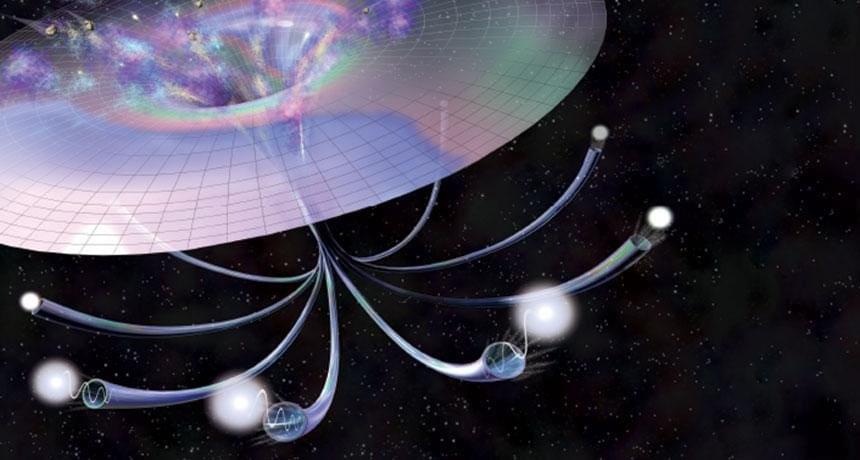Finally, offering additional benefits such as child care, wellness programs and flexible working hours can play a decisive role in securing top tech talent. We have an internal communication channel dedicated to well-being, where the team shares recommendations, and we also hold a monthly “well-binar” to keep this conversation strong. These benefits not only serve to attract talent but also ensure the well-being and satisfaction of current team members, increasing their productivity and willingness to stick with us in the long run.
For remote workers, building genuine relationships with their co-workers can be difficult. That is why we have the Global Ambassador Program. This is a company-hosted event in which participants partake in fun team-building activities, such as escape room adventures, to build connections and have the irreplaceable experience of meeting colleagues in person.
As the competition for tech talent intensifies, innovation in hiring strategies becomes a necessity, not a choice. The examples shared here hopefully provide a starting point for organizations looking to navigate this new landscape successfully.









